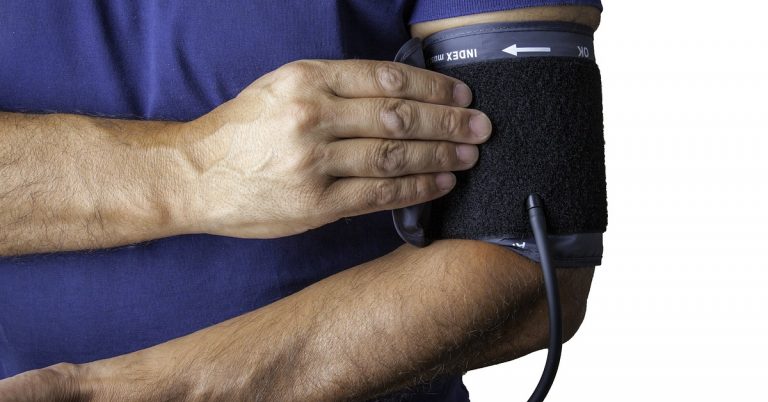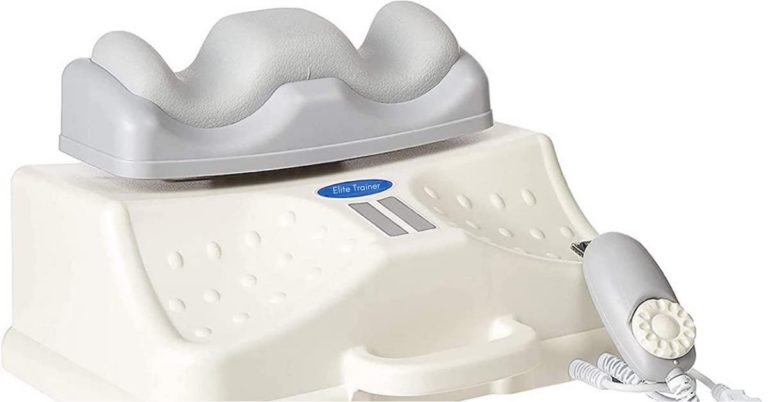The other day I was horsing around with my 5-year old son. We were wrestling for a bit and when the fun was over, I noticed that my nose was bleeding. He must have scratched me by accident. No big deal. It healed, but I noticed that it took a full week before it was completely gone. If it was my son who got scratched instead, that scab would have been nonexistent in a few days.
Muscle recovery works in a similar manner. Whether it’s a cut from shaving or a micro-tear from weight training, your body will heal at a certain rate and the younger you are, the quicker that rate will be.
It’s been said that old age happens at 27. If you’re older than 27, the ability to recover will start to slow down. Don’t believe me? Here’s a simple test. Take someone half your age and either get a kid to scratch both of you, or do like they did in Jackass and give each other a paper cut. Then, simply monitor how long it takes the two of you to heal fully. That will give you a rough idea of how long it will take a muscle to recover after a workout. Of course, the deeper the cut and the more intense the training, the longer the recovery will be, but you get the point.
Without a doubt, age influences training frequency and should be taken into account when designing a program. In Mass Explosion, for example, I introduce various 3-day training splits to be conducted in a period of 5, 6 or 7 days. How often you train will depend on your age and lifestyle as follows:
The 3 In 5 Approach (Day 1, Day 2, Off, Day 3, Off)
Use this approach if you’re in your late teens or early twenties, still going to school, work part-time, get plenty of sleep, eat right for the most part, and live in your parents’ home.
The 3 In 6 Approach (Day 1, Off, Day 2, Off, Day 3, Off)
Use this approach if you’re in your thirties, have a family, work full-time, try to get eight hours of sleep but it’s more like six on most nights, skip breakfast every once and awhile but try for four meals a day.
The 3 In 7 Approach (Day 1, Off, Day 2, Off, Day 3, Off, Off)
Use this approach if you’re in your mid-forties and beyond, you run your own business, you’re lucky to make it home for dinner most nights, you live off two or three meals a day with plenty of coffee to keep you going, and you can barely squeeze three hours a week to train.
For optimal frequency of training with the Mass Explosion system, you would pick which scenario above describes you best and go with it.
Take-Home Message: There are many variables that will influence your rate of recovery. Age is one of them. As you get older, give yourself more time to recover between workouts.

Normal Blood Pressure with Red Meat and Salt
I checked my blood pressure this morning. This was taken after breakfast, which included a double espresso and two glasses

Chi Machine Power Nap
Back in 2007, my colleague Yusuf Omar introduced me to this neat device. It’s called a Chi machine. The first

6 Tips for a Good Night’s Sleep
Getting 7-9 hours of sleep can help you reduce the risk of health problems like cardiovascular disease, diabetes, and depression.
follow
Error: No feed with the ID 2 found.
Please go to the Instagram Feed settings page to create a feed.
